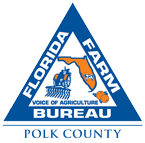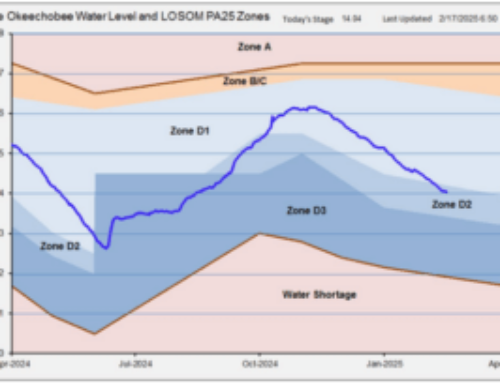ERS Report Highlights Beginning Farmers in the U.S.

 The USDA’s Economic Research Service has released a report profiling the beginning farmer and rancher in the United States, and the information reflects what many have considered to be true as trends have evolved over the past few decades.
The USDA’s Economic Research Service has released a report profiling the beginning farmer and rancher in the United States, and the information reflects what many have considered to be true as trends have evolved over the past few decades.
What is a beginning farm? In 2017, the National Agricultural Statistics Service (NASS) redefined a beginning farm as “an operation where any producer or principal producer has fewer than 10 years’ experience. That broadens the category from the previous definitions, which confined that determination only to the principal producer.
Among its findings, the ERS study found most beginning farms to specialize in beef cattle and row crops. Producers tend to be younger and generally operate on a small scale. The households supported by beginning farms have a greater debt-to-asset ratio (29%) versus established farms (18%).
One point underscored in the data show that households supporting beginning farms generate more off-farm income than farm income. Off-farm income comprises 77 percent of the overall income for beginning farms. Established farms rely on 56 percent of their income for off-farm income.
Increasingly so, diversification of income is helping production agriculture stay afloat. For beginning farmers and ranchers, it certainly helps them enter a career with often insurmountable barriers that are only getting harder to climb.




